Jagat Murari
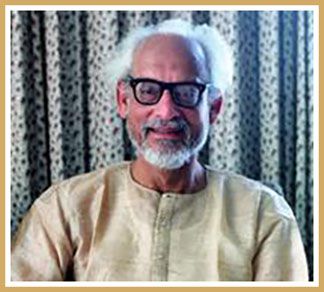
Subscribe to read full article
This section is for paid subscribers only. Our subscription is only $37/- for one full year.
You get unlimited access to all paid section and features on the website with this subscription.
Not ready for a full subscription?
You can access this article for $2 , and have it saved to your account for one year.
- Born: 5 October 1924 (Patna)
- Died: 15 April 2007 (Pune)
- Primary Cinema: Hindi
- Spouse: Laxmi Murari
- Children: : Radha Chadha, Ashok, Anoop, Vivek
Distinguished Indian documentary filmmaker, educator, and cinematographer, Jagat Murari was also the former director of the Film and Television Institute of India (FTII). Besides the FTII, he played a pioneering role in key film institutions in India, including the National Film Archive of India (NFAI), and the Directorate of Film Festivals (DFF). As head of FTII between 1962 and 1971, he is credited with nurturing young, talented students, many of whom would go on to establish successful careers in the film industry, such as Jaya Bhaduri, Shabana Azmi, Adoor Gopalakrishnan and Subhash Ghai. His first love was documentary films. As a documentary filmmaker, some of the works which he directed and scripted include Story of Steel (1951), Mahabalipuram (1952), Our Original Inhabitants (1953), National Library (1955), Wonder of Work (1955), Bharata Natyam (1956), Madurai of the Naiks (1956), A Holiday in South India (1956), Jhelum (1957), Story of Energy (1958), Half of Mankind (1960), Conquest of Cancer (1980), Jewel of Manipur - Part I (1982), besides also producing One Day (1964), Homi Bhabha – A Scientist in Action (1973), and Lost Child (1974). He won the first President's Gold Medal in 1954 for his documentary film Mahabalipuram, besides winning several other national awards and international acclaim at festivals in Berlin, Venice, Edinburgh, San Francisco, Sydney and Cannes, among others.
Born on 5 October 1924 in Patna, he would go on to earned a Master’s in Physics at Patna University, followed by a Master’s in Cinema in 1947 from the University of Southern California, Los Angeles. His first Hollywood internship was on Orson Welles' film, Macbeth (1948). Returning to India early the following year, he joined the Films Division as a deputy director just a few months after its creation. He worked as a documentary filmmaker with the Films Division as director and producer from 1948 to 1961.
As an educator, he brought to India's prolific but chaotic film industry a greater degree of professionalism and skill by introducing a stream of highly trained directors, technicians, and actors. He first got associated with FTII as a lecturer and would then go on to head FTII for nine years between 1962 and 1971 - a period when a new breed of actors and directors graduated from the Institute to re-shape the Hindi film industry. He taught courses in documentary filmmaking and film direction, among other subjects as teaching principal. He was known for his quick wit and persuasive ways with the students at the Institute who flourished under his tutelage. Most of his students remember him as a polite, kind-hearted and dedicated man. Filmmaker Subhash Ghai remembers him as a thorough gentleman who cared for his students. “He constantly tried to reinvent teaching methods in filmmaking at FTII, the first national institute of its kind in Pune,” said Ghai. He never antagonised anyone and went about his work with quiet determination.
Jagat Murari was one of the few people who had acquired a degree in filmmaking. Those who have followed his work believe that his contribution to the industry is noteworthy since he did, 50 years ago, what is considered world class today.
In 1962, he was tasked by the government with starting the National Film Archives of India (NFAI) in Pune, to provide the FTII with content for educational purposes. He established the vision for this new organisation, helping shape its objectives, and securing its funding. Initially, a subset of the Film Institute, the Archives formally opened in 1964, with a small office in the Film Institute. It used the Institute's film vaults and hosted screenings in its theatres. He ran the Archives until 1967.
In 1972, he returned to the Films Division, where he produced more films. His film Homi Bhabha - A Scientist in Action won the National Film Award in the Experimental Category in 1973. Another film from this period, Lost Child, based on the story by the well-known Indian writer Mulk Raj Anand, also won appreciation.
In 1973, he established the Film Festival Directorate, where he hosted international film festivals as well as the National Film Awards programme. Returning to the Film Institute in 1976, he retired three years later. Post-retirement, he returned to documentary filmmaking, working as a producer, director and scriptwriter. He made several films in those years, for the Films Division as well as other organisations. He was still behind the camera at the age of 70.
An acclaimed and prolific documentary filmmaker, his films were screened at important international film festivals and also won national and international acclaim. He won the first ever President’s gold medal for his docu film Mahabalipuram in 1954. The monuments of Mahabalipuram, popularly known as the Seven Pagodas, are filmed here in vivid detail. The film looks at the architecture of this ancient site including the elaborately sculptured rock-cut caves here. The film was also screened at Berlin, New York, Edinburgh and China.
His films, Mahabalipuram and Cave Temples of India – 1 (Buddhist) were shown in China in 1955, as part of a festival of Indian films, which he also attended as a member of the Indian delegation. This festival was considered an important step in bringing the people of India and China closer together in friendship. Jawaharlal Nehru, the first Prime Minister, personally briefed the delegation in Delhi. In China, the delegates met Chairman Mao and Premier Zhou Enlai. The delegation travelled to several cities in China, and everywhere they were warmly received by huge crowds, and the Indian films were shown to packed houses. His documentaries made a big impact on Indian audiences of the time, as they brought the culture of India to the masses.
As his wife Lakshmi Murari put it, “He saw filmmaking as a way of building the nation. He raised the calibre of the Indian film industry by bringing in structure and professionalism… Jagat Murari’s own vision was that there should be all kinds of cinema represented in India. He was a supporter of ‛good cinema’, and ‛good cinema’ could be translated either as an art film or as a commercial film.”
Jagat Murari passed away on 15 April 2007 in Pune, aged 85. He was survived by his wife Laxmi, daughter Radha Chadha and sons Ashok, Anoop and Vivek.
References
https://timesofindia.indiatimes.com/india/ftii-ex-chief-jagat-murari-passes-away/articleshow/1916619.cms
https://indiancine.ma/CVCQ/info
https://digital.lib.hkbu.edu.hk/documentary-film/murari.php
Image courtesy: https://www.timescontent.com/tss/showcase/preview-buy/37606/Entertainment/Jagat-Murari.html



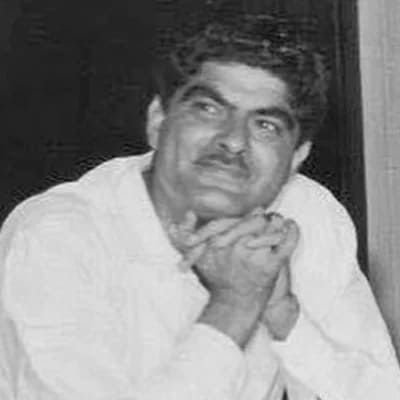
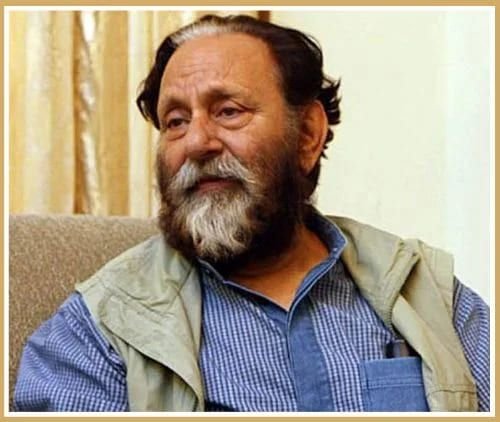
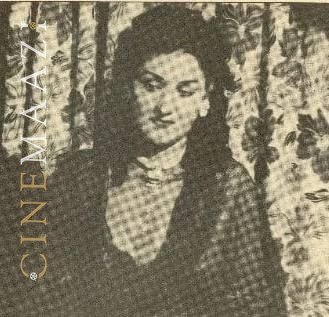
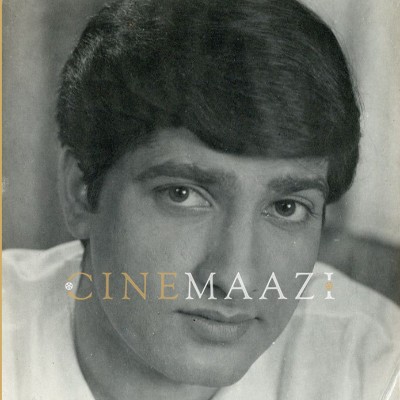
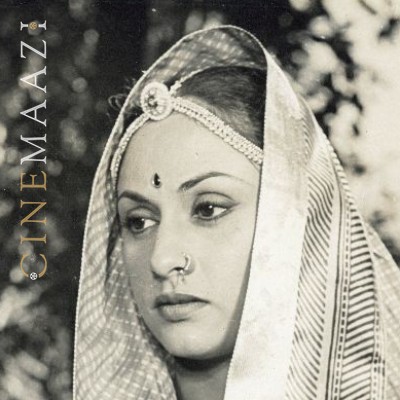
.jpg)



